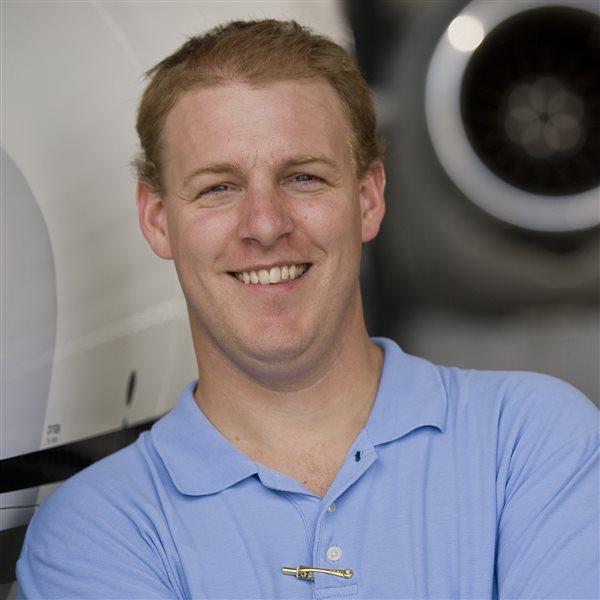Right Seat: Good Times

[email protected]
According to FAA data there were 609,306 active pilots in 2017, up from 584,362 the year prior. That’s the first time since 2012 the number has been above 600,000, and the first time since 2010 the number has trended up. So, maybe the numbers don’t warrant a party, but a little happy shuffle is certainly reasonable.
The United States has a shortage of commercial pilots. Maybe you’ve heard. That’s what has fueled the higher number, as lapsed pilots come back to flying in search of strong career prospects, and nonpilots find reason to invest in education and training. Because of the FAA’s confusing methods of record keeping, it’s hard to compare how many new students have begun training from one year to the next, but 2017 stood at what seems like a respectable 38,401. Surely a large per- centage of those are career-bound, although no one knows exactly how many.
Anecdotally, the training industry is strong. Older Cessna 150/152s and 172s are going up in price and getting harder to find. A flight school manager told me he literally couldn’t find a single suitable light twin for sale in the entire country. A large online aircraft marketplace says it all. “Bummer, zero aircraft found,” is the message you get when you search for Piper Seminoles, long the initial multiengine trainer of choice.
So long as the airlines keep up the intense search for new pilots, there’s no reason to think that any of this good news will change.
“Bummer, zero aircraft found,” says an online aircraft marketplace when you search for Piper Seminoles.cknowledging the yin and yang of these situations, there is, I’m afraid, some bad news—especially for those of us who love general aviation, the purely recreational pursuit that so many come to flying to experience. For the first time in modern history, if not ever, the number of active airline transport-certificated pilots has eclipsed the number of active private pilots. The trend points for the gap to widen even more in the future.
If I believed that most future airline pilots fell in love with GA and continued to fly recreationally after getting a gig flying the big jets, this wouldn’t be a cause for concern. But it seems like most don’t stay rooted in GA, in part because they never get to truly experience it. It’s straight from lesson one to lesson two, certificates, sim qualifications, and flying the line. The joy of taking an airplane for the weekend and camping, finding great restaurants, or meeting up with friends doesn’t happen at most career-focused training centers.
It’s understandable that a training center, which needs to maintain a high standard of safety and efficiency, isn’t interested in throwing in lessons on airport restaurants, courtesy cars, and exploring. Yet the serious business of training a future airline pilot doesn’t have to be so seriously boring. Exposing a student to the world of GA can and should easily fit into most training programs.
The best airline pilots I know are passionate about flying. To them, the cockpit isn’t an office—it’s a hobby room full of joy and excitement. Igniting the passion of flying early would not only benefit the stu- dent and the general aviation world, it also has the potential to benefit the airlines.
Flying professionally is a tough lifestyle. Ensuring pilots have a strong personal interest in the work makes for happier, better, and more committed pilots.
And hopefully that will continue to drive up the pilot population number even higher.



